Relief from Pain
Read any of the listed articles to get a better understanding of how we go about relieving pain in the affected areas of your body.

Treatment requires us to distinguishes between four types of neck pain; accident/injury with trauma, acute/sudden neck pain with no trauma, slow progressing neck pain and chronic neck pain. This article includes examples to help you in describing the type of neck pain you experience.
For related articles see:
Neck Pain | Neck Muscle Spasm | Neck Disc Injury | Whiplash | Neck Joint Degeneration | Wry Neck | Pinched Nerve in Neck | Concussion | Neck Muscle Strain | Neck injuries
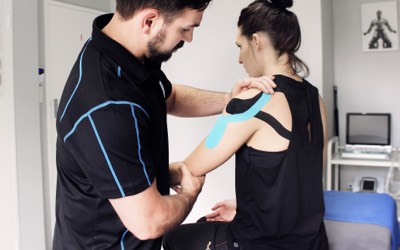
Shoulder pain is the feeling of discomfort in the area of your shoulder and upper arm. You may feel constant pain or feel pain only when moving the shoulder. In this article, we will look at the different types of structures in the shoulder and how injury or damage to them causes pain.
For related articles see:
Shoulder Pain | Shoulder Muscle Injury | Shoulder Joint Pain | Shoulder Joint Dislocation | Rotator Cuff Muscle Strain | Bicep Muscle Tear | Shoulder injuries
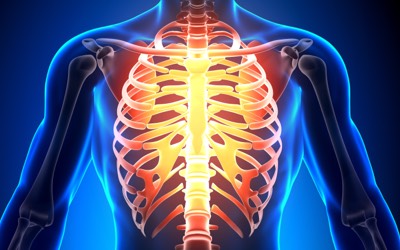
Chest pain may be caused by problems in your heart, lungs, throat, muscles, ribs, or nerves. Some of these conditions are serious and life threatening, while others are not. If you have unexplained chest pain, the best course of action is for a medical professional to evaluate you.
For related articles see:
Groin Pain | Groin Injury | Osteitis Pubis | Chest Pain | Groin Muscle Strain | Abdominal Muscle Strain

Pain in the upper arm can be very deceiving, because most shoulder injuries involve injury to the structures in the upper arm. Structures like the biceps in the front and the triceps at the back can cause significant pain.
For related articles see:
Elbow | Upper Arm | Elbow Pain | Elbow pain & Elbow injuries | Forearm | Tennis Elbow
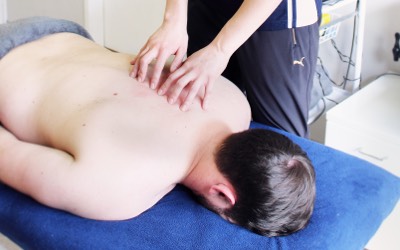
Your back is made up of many different structures that can cause you pain if they’re damaged or injured e.g. muscles, nerves, tendons, ligaments, discs, joints, and vertebrae. Irritation, damage or injury to these structures may start with slight discomfort but can progress to cause severe pain. The pain can result in severe dysfunction and disability.
For related articles see:
Lower Back Pain | Sciatic Nerve Pain | Lumbar Disc Bulge or Hernia | Sciatica | Back Muscle Spasm | Upper Back | Pinched Nerve Pain | Back injuries

Pain arises from structures that are within the hip joint or from structures surrounding your hip. The precise location of your hip pain can provide valuable clues about the underlying cause. The area of pain can identify structures with problems. The hip is a complex region. It can make it difficult to distinguish if the pain is indeed coming from your hip or lower back.
For related articles see:
Hip Pain | Hip Nerve Pain | Hip Bursitis | Gluteus Muscle Strain (Hip) | Hip Muscle Strain | Piriformis Syndrome | Hip Labrum Tear | Hip Osteoarthritis | Hip Fracture | Iliopsoas Muscle Strain | Sciatica Hip Pain | Sciatic Nerve Pain | Hip injuries
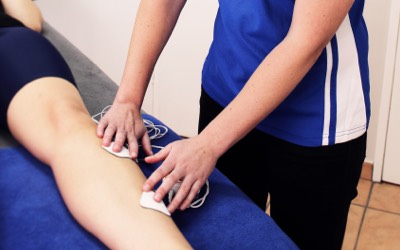
We discuss some of the most common leg injuries we treat and how we can help. Leg injuries from torn ligaments to muscle tears. Muscles, tendons, nerves or joints, can be the cause of leg pain, so we’ll look at the different types of structures in the leg and the injuries that comes with it. Remember that most injuries don’t happen in isolation. In most cases there are two to three structures causing the problem.
For related articles see:
Shin Pain | Calf Pain | Hamstring Injury | Quadriceps Muscle Strain (tear) | Hamstring Muscle Tear or Pull | Hamstring Tendinitis | Thigh Pain | Shin Splints | Compartment Syndrome | Hamstring Contusion | Lower Leg | Leg injuries
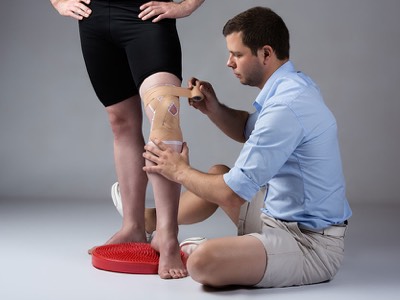
We discuss some of the most common knee injuries we treat and how we can help. Knee injuries from torn ligaments to muscle tears. Muscles, tendons, nerves or joints, can be the cause of knee pain, so we’ll look at the different types of structures in the ankle and the injuries that comes with it.
Remember that most injuries don’t happen in isolation. It’s common to find more than one injury for example: With a twisted knee we find that 2 ligaments are sprained and usually 3 muscle injuries as well as 2 tendon injuries that accompany it.
For related articles see:
Iliotibial band (ITB syndrome) | Knee Ligament Injuries | Anterior Cruciate Ligament injury (ACL injury) | Runner’s Knee | Knee Tendinitis (Tendonitis/Tendinopathy) | Knee Injuries | Medial Collateral Ligament Injury | Posterior Cruciate Ligament Injury | Knee Meniscus Tear | Knee Joint Osteoarthritis | Total Knee Replacement | Lateral Collateral Ligament injury | Knee injuries
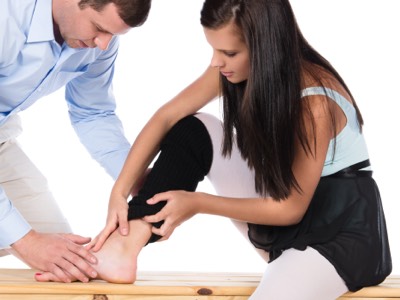
Torn ankle ligaments are quite painful to walk on. We explain in depth Lateral Ankle Sprain, Cracks in the ankle bones, Degree of Ankle ligament tears, Stages of Physiotherapy treatment and when Surgery is necessary.
For related articles see:
Foot Pain | Plantar Fasciitis | Achilles Tendonitis | Ankle Pain

Get the help you really need
Medical professionals that care about you


